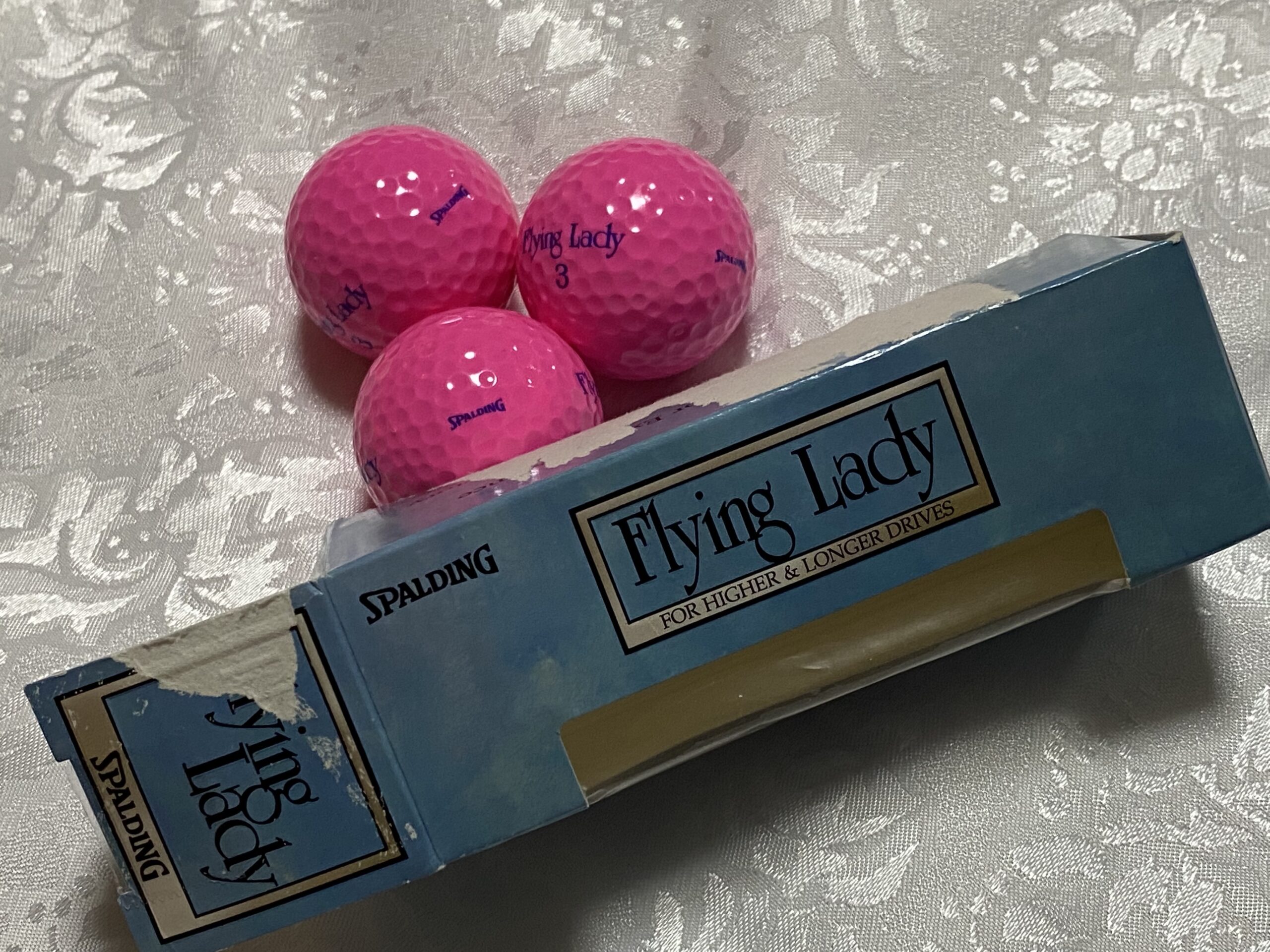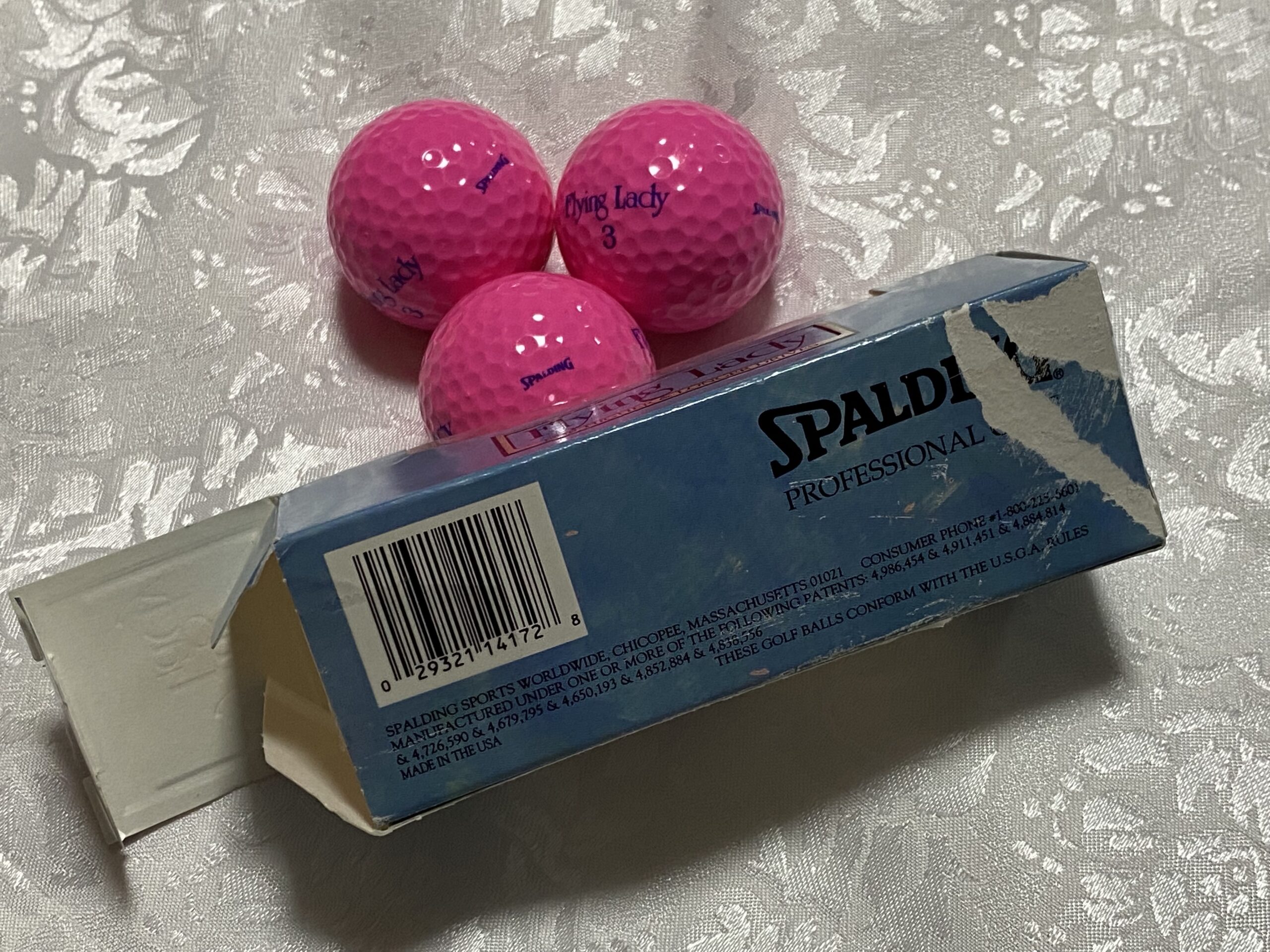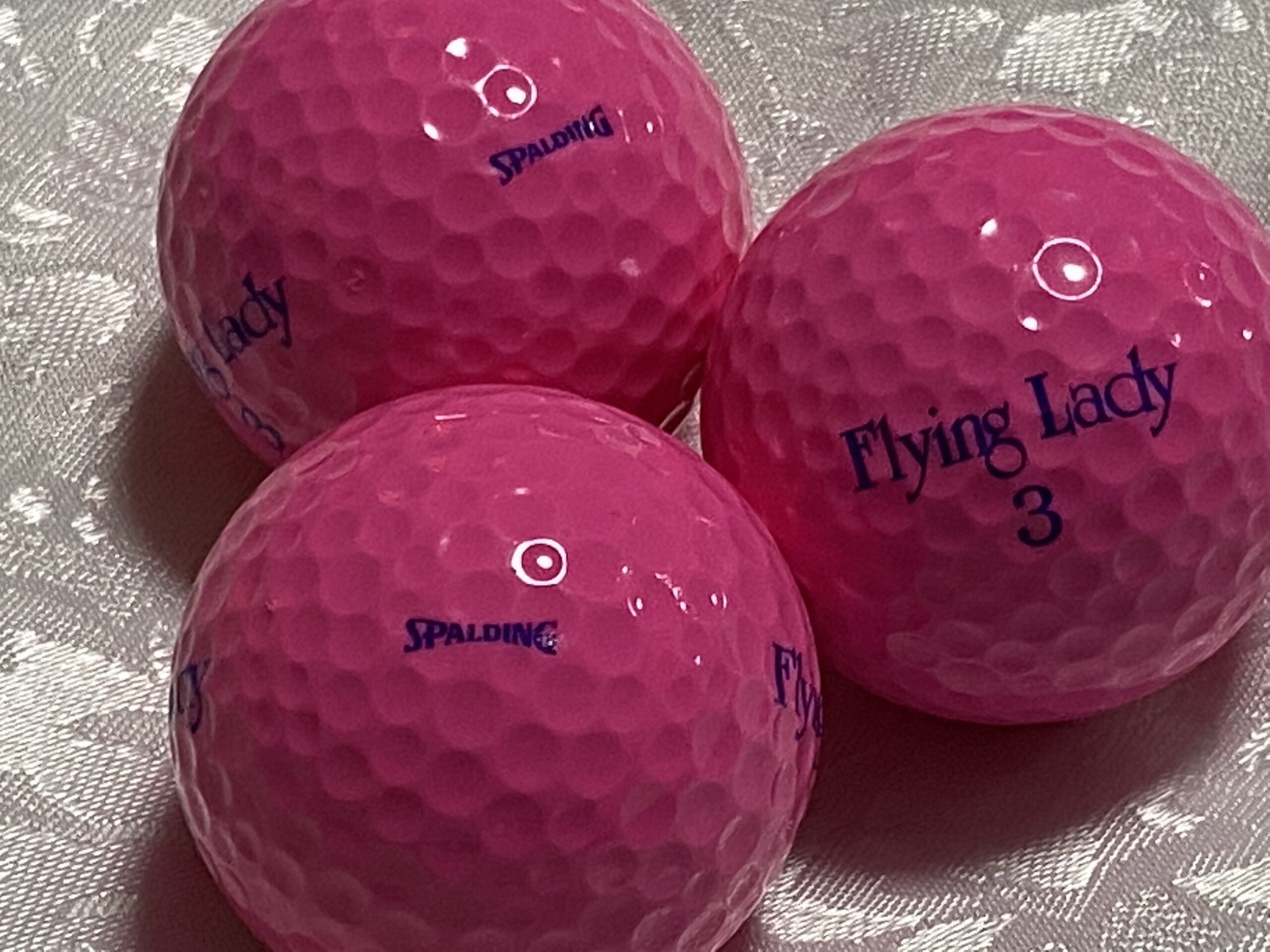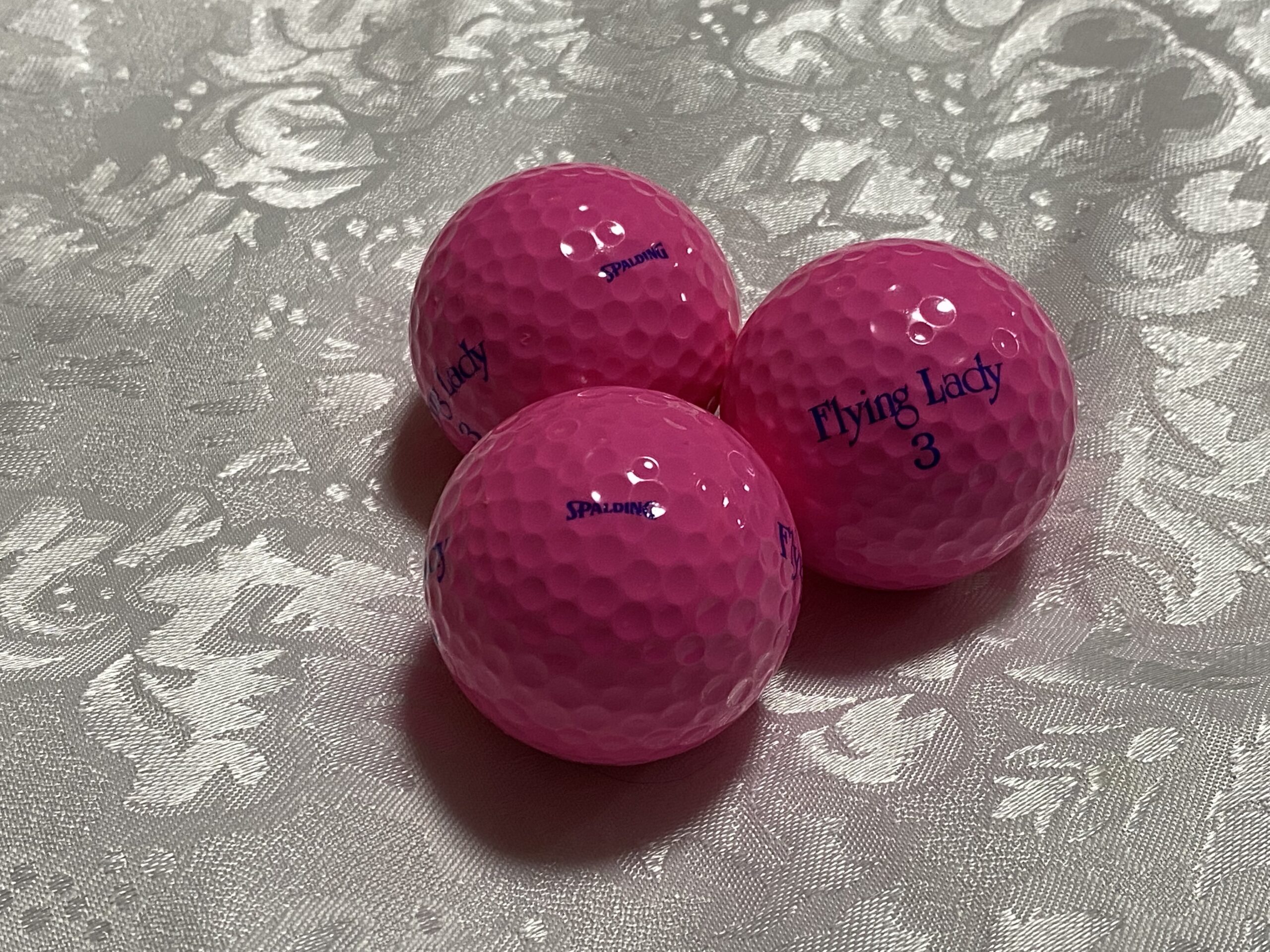Flying Lady #, vintage pink Flying Lady golf balls by Spalding: 17 ppm Lead (safe by all standards)
For those new to the Lead Safe Mama website:
Tamara Rubin is a multiple-federal-award-winning independent advocate for childhood Lead poisoning prevention and consumer goods safety, and a documentary filmmaker. She is also a mother of Lead-poisoned children (two of her four sons were acutely Lead-poisoned in 2005).
- Tamara owns and runs Lead Safe Mama, LLC — a unique community collaborative woman-owned small business for childhood Lead poisoning prevention and consumer goods safety.
- Since July 2022, the work of Lead Safe Mama, LLC has been responsible for six product recalls (FDA and CPSC).
- All test results reported on this website are science-based, accurate, and replicable.
- Please check out our press page to see some of the news coverage of our work, linked here.
XRF test results for the vintage pink golf balls pictured:
Reading Set #1) On the plain pink area of the ball
120-second reading:
- Lead (Pb): 17 +/- 2 ppm
- Cadmium (Cd): non-detect
- Mercury (Hg): non-detect
- Bromine (Br): 31 +/- 2 ppm
- Chromium (Cr): non-detect
- Zinc (Zn): 25,000 +/- 100 ppm
- Titanium (Ti): 5,583 +/- 69 ppm
- Barium (Ba): 454 +/- 22 ppm
- Gold (Au): 316 +/- 22 ppm
- No other metals detected in consumer goods mode.
Reading Set #2) On the logo area of the ball
60-second reading:
- Lead (Pb): 13 +/- 3 ppm
- Cadmium (Cd): non-detect
- Mercury (Hg): non-detect
- Bromine (Br): 29 +/- 3 ppm
- Chromium (Cr): non-detect
- Zinc (Zn): 23,200 +/- 100 ppm
- Titanium (Ti): 5,345 +/- 91 ppm
- Barium (Ba): 414 +/- 28 ppm
- Gold (Au): 285 +/- 28 ppm
- No other metals were detected in consumer goods mode.
Tamara Rubin
#LeadSafeMama


Never Miss an Important Article Again!
Join our Email List







